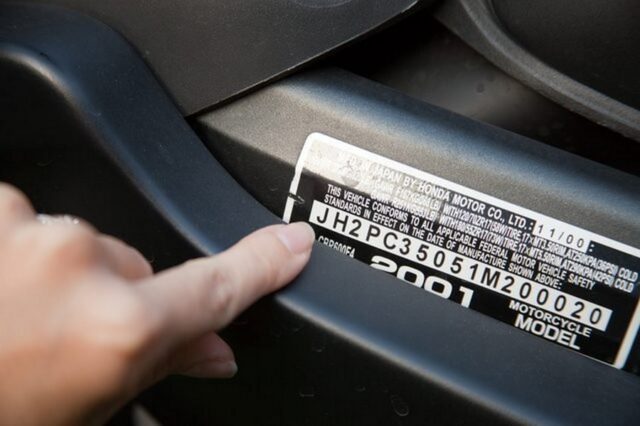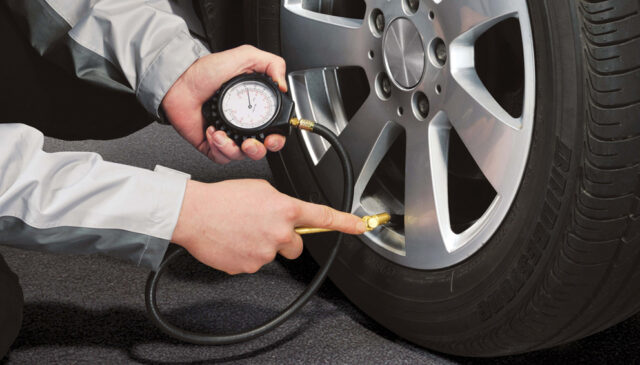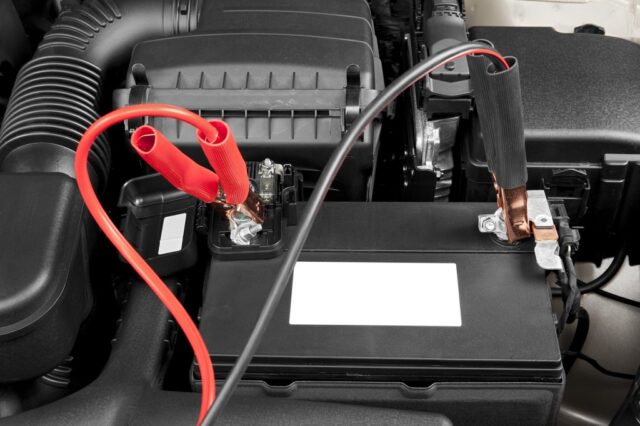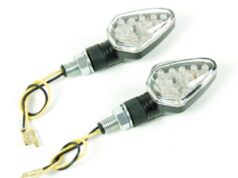
A car is a prized possession in every household, no matter how cheap its sticker price may be. It serves as a major asset to get you to your regular destinations without any hassle.
However, driving a car without the proper knowledge or common sense can take a toll on your wallet and well-being.
As car enthusiasts, even we agree that not knowing everything about cars is okay. And if you ever find an individual who’s bragging about their car knowledge, mostly they are the ones who prove that they still don’t know anything about vehicles.
However, as an avid car enthusiast, a collectible owner, or even a basic daily user of automobiles, you should know these 5 basic things about a car by heart.
Consider these things to be the 5 commandments of vehicle knowledge that every car owner should know. Visit this website when you have the time later to discover even more intricate details about cars.
The car’s year, make, model and chassis, and engine codes

The very first thing that every car enthusiast should know about their cars is the year it was manufactured in. You should also know the make and model of your car. While knowing this information may seem very basic even for the generic vehicle driver. There are actually many people out there who still are in the dark related to their car’s basic information.
Many owners goof up their car’s model year while visiting their mechanic, which can lead to major mistakes. The fluids, parts and accessories that are used to repair or maintain your vehicle are all dependent on the car’s year, make, and model.
The car’s design and construction can change significantly within a year’s span, and this can change the parts required for it as well. Hence, it is a prerequisite for every vehicle owner to know this critical information on the tip of his tongue.
For extras, you should also check out your car’s chassis and engine codes. It looks something like this- an E30 chassis with an M20B25. If you are still bamboozled on what these codes mean, it may be time for you to research on your own. After all, this form of coded communication differentiates avid car enthusiasts from generic drivers.
VIN

VIN stands for Vehicle Identification Number, is an important number that helps you to identify your car’s manufacture date, place, make, model, engine size, and many more. The VIN is a 17-digit number that serves as your car’s fingerprint. There is no need to memorize this number, but you should at least know how to find it.
A simple way to discover your vehicle’s VIN is to stand outside of the vehicle on the driver’s side and observe the corner of the dashboard where it meets the horizon of the windshield. The VIN comes in handy while engaging with mechanics or insurance companies. Similarly, you can use the VIN to shop for a vehicle or buy parts for it.
Maintenance Schedule

It is of paramount importance to stick to your maintenance schedule to keep your vehicle running in prime condition. Your schedule specifies things such as when to change your oil, when to check your fluids and when to rotate your tires. Every vehicle follows its own maintenance schedule to maintain optimum performance and health.
If you still are in the dark regarding your maintenance schedule, refer to your owner’s manual or in the separate booklet that comes with your owner’s manual. Read the instructions carefully and follow the same procedure mentioned to replace any vehicle parts or fluids on time.
Tire pressure

Tire pressure is that one aspect of the vehicle that most drivers keep stalling until the last minute. When the low tire pressure light pops on our dashboard, most of us wait until we visit the gas station to fill fuel. Riding with tires on low pressure increases the risk of getting flat or blown out, picking up a nail in the tire, or wearing our tires out faster.
Even though we agree that filling up the air inside our tires is a boring task, ignoring them completely can decrease the tires’ lifespan and force us to buy a new set more frequently. With proper maintenance, some tires can last you well above 50,000 miles. Alternatively, be careful to not overfill your tires.
Jump starting your car

As a general rule of thumb, your car’s batteries need to be replaced every 5 years. However, it can be very frustrating to end up with a dead battery on a busy morning. Still, it is easy to jump-start your vehicle to offer you temporary relief.
Attach the red clamp to the positive terminal of the dead battery. Attach the other red one to the positive terminal of the live battery. Attach one black clamp to the negative end of the live battery. Leave the final black clamp onto an unpainted metal surface on the dead car’s engine block. This should prevent any hazardous sparking.
Now you are good to start the car with the live battery. After a few minutes, try to start the dead vehicle as well. Allow the dead vehicle to charge its battery for at least half an hour before you drive off.
Unclamp every component in reverse order. Remember not to touch any clamps to each other! For information on any special procedures for jump-starting your vehicle, make sure to double-check your owner’s manual.









